Lesson Plans

H.C Andersen

Diversity
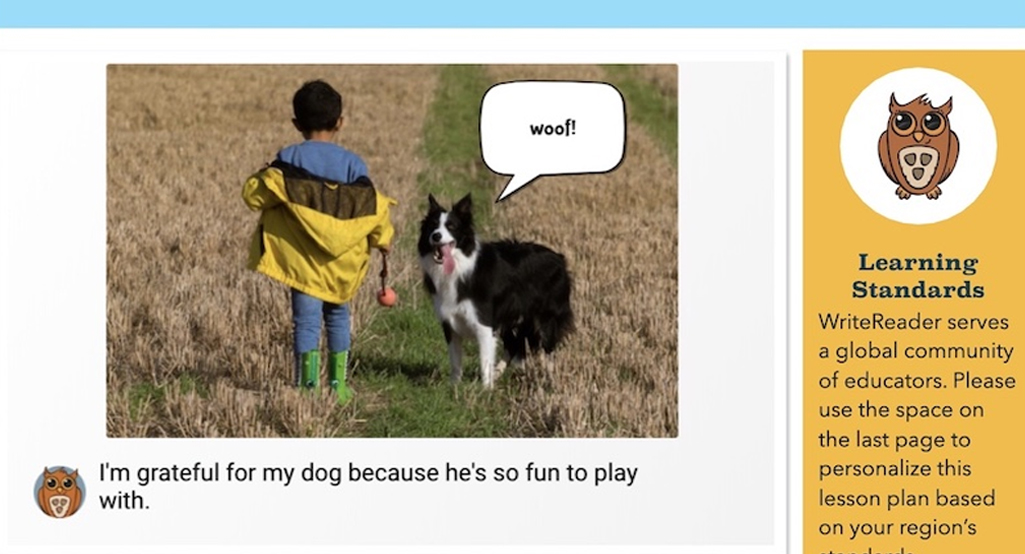
Gratitude
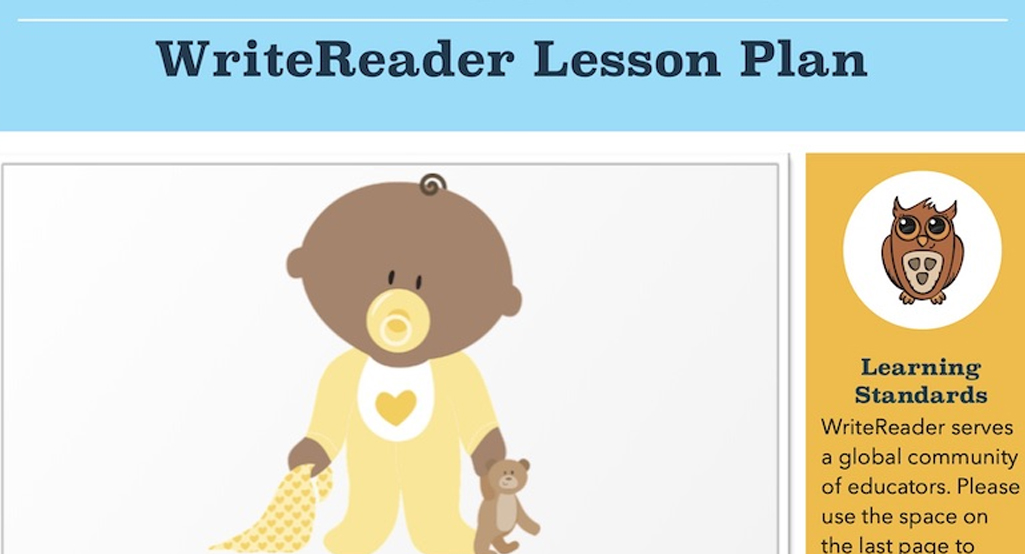
All About Me

Emotions and Emojis
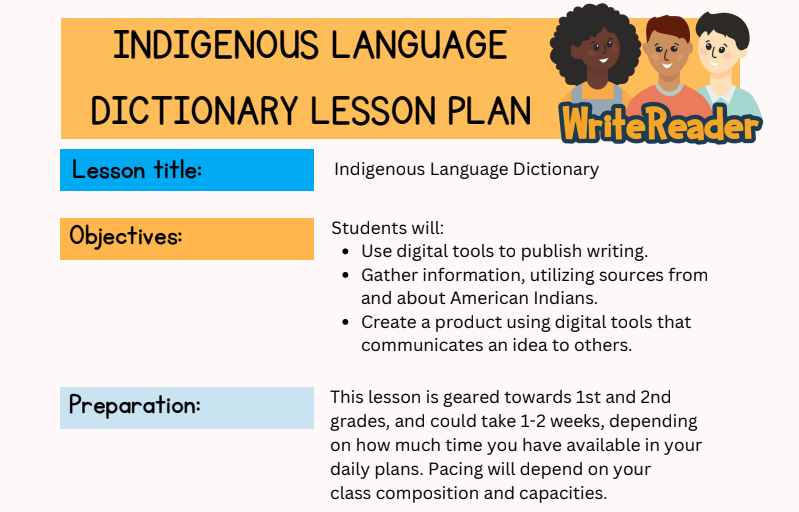
Indigenous Language Dictionary
Indigenous Language Dictionary Lesson Plan
Indigenous languages carry our ancestors’ wisdom, traditions, and knowledge, bridging our past, present, and future. This lesson plan introduces students to the importance of indigenous languages by creating their own ‘Indigenous Language Dictionary’ using WriteReader. The goal is to enhance students’ understanding and appreciation of indigenous cultures and foster their research, writing, and digital literacy skills.

This lesson is geared towards 1st and 2nd grades and could take 1-2 weeks, depending on how much time you have available in your daily plans. You can download the complete Indigenous Language Dictionary Lesson Plan.
Hans Christian Andersen Fairy Tale Lesson Plan
Based on three fairy tales from the world famous fairy tale writer Hans Christian Andersen, we have developed illustrations and a lesson plan with a number of varied writing prompts for different elementary school grade levels.
The three selected fairy tales are:
• The Ugly Duckling
• The Nightingale
• The Little Match Girl
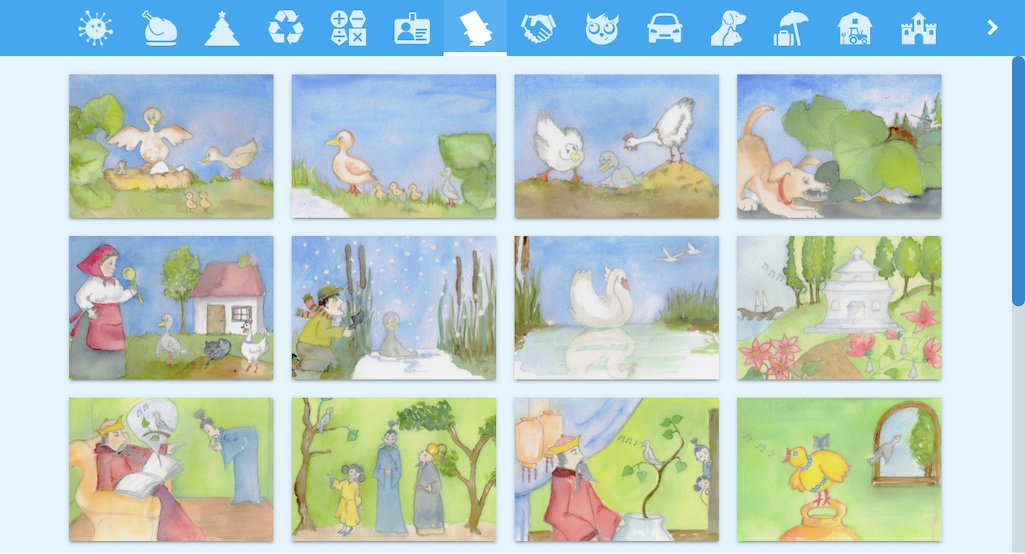
If you would like your students to create their own fairy tales based on the tales mentioned above, you can download our Hans Christian Andersen Lesson Plan.
Diversity Lesson Plan
WriteReader is proud to be part of a global community, which stands for promoting and welcoming diversity. With this as our foundation, we humbly offer a Diversity Lesson Plan to add to the important conversations that so many leaders in the community have already started. The goals of this lesson plan are for children to:
- Recognize and accept similarities & differences in the places where they live, learn, and play
- Commit to being inclusive through their words and actions
- Use writing to communicate and acknowledge diversity as a strength
May this ring true for all of us so that we all can live together in harmony!
You can access or download our Diversity Lesson Plan.

Gratitude Lesson Plan
Expressing gratitude need not be limited to seasonal celebrations. We can show and feel gratitude every day. In fact, scientific research shows that people who are grateful are happier and healthier human beings. As parents and educators, that’s exactly what we want for children too. We can help them to take notice of all the wonderful things in life and teach them the language of a thankful heart. This lesson plan gives you ideas for accessing background knowledge, sparking heartfelt discussions, and inviting young writers to express their gratefulness in creative ways.
If you would like to create a culture of gratitude in your home or school, you can download our Gratitude Lesson Plan.
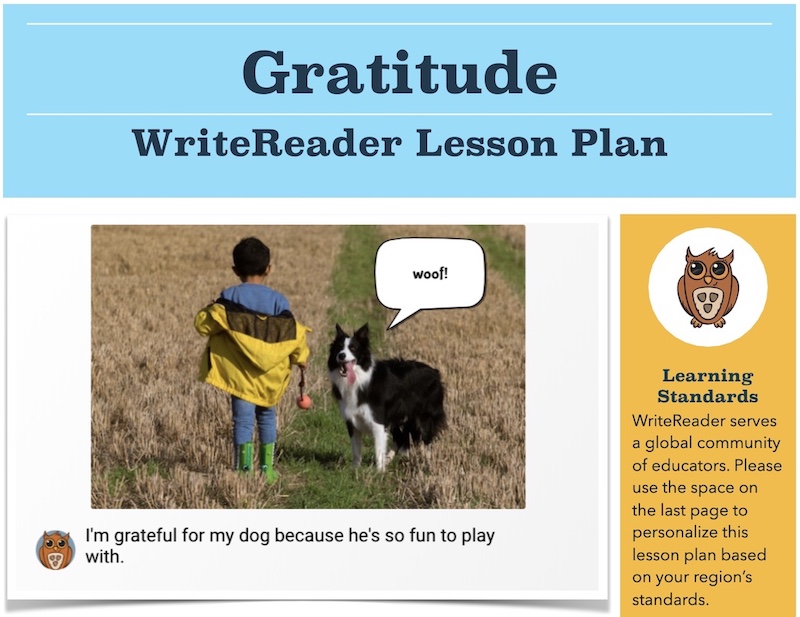
Fair Play Lesson Plan
Children can develop their social-emotional learning in the gym and on the playground, as well as in the classroom and at home. It’s equally important that they understand the elements of fair play, which requires respect, sportsmanship, and teamwork. WriteReader’s Fair Play lesson plan gives you ideas for pre-writing activities to activate prior knowledge or develop background knowledge. There are also several suggestions for writing topics and tips for young writers. Our custom fair play image bank provides the children with easy access to engaging photos to help stimulate their thinking and enhance their writing. The lesson is suitable for use at sports clubs, home, or school. As always, we provide fillable fields (once the plan is downloaded to a computer) so that you can customize it, according to your team or class. Ready, set … play!
You can download and access the Fair Play lesson plan here.

“All About Me” Lesson Plan
We all have different inner and outer qualities that make us special, and it’s important for children to recognize this. Research regarding the social-emotional core competencies informs us that positive self-awareness promotes better choices and pro-social behaviors. So, it’s equally important for adults to affirm each child’s uniqueness. For this reason, we’ve created a lesson plan called “All About Me,” which is especially geared towards Pre-K to Grade 1 children. Our lesson plan gives ideas for fun activities while integrating social-emotional learning (SEL) with emergent literacy development. We hope that your young learners will enjoy these activities as they become more self-aware.
You can download or access the All About Me Lesson Plan.

Emotions and Emojis Lesson Plan
We all love using emojis in our texts and emails or adding them as stickers on photos. Educationally speaking, they can also be useful in helping children to interpret facial expressions and express their own feelings. The learning can be further extended by matching the expressions with the correct tone of voice. With this in mind, WriteReader has created a new lesson plan for teachers and parents about “Emotions and Emojis.” We’ve got you covered in all the essential aspects of helping your students grow in their social-emotional learning and the development of their literacy skills!
You can access or download the Emotions and Emojis Lesson Plan.
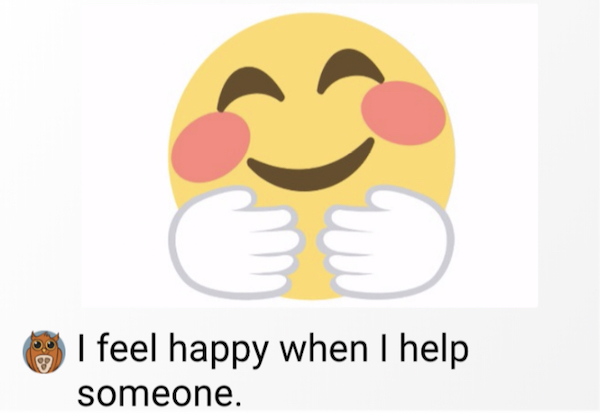
Ideas for daily or weekly activities (K-5)
The structure and support functionality of the learning tool WriteReader enables kindergarten to 5th-grade students to produce and share multimodal books with images, text and sound – regardless of their written capabilities. WriteReader can be used with almost any theme and genre, as the teaching frameworks are defined and created by the teacher and the content is created by the student.
Examples of suitable and relevant models for the target group can be describing daily events, for example.
- Write a book about their school and share it with fellow kindergarten children who might later be starting in the same school. The book can focus on key persons at the school (teachers, educators, the janitor, the cleaning personnel etc.) and central locations at the school (the playground, the library, the cafeteria, the gym, etc.).
- Write a book about their favorite teddy bear or favorite toy, describing why this particular toy means so much to them. The teddy bear/toy can be the main character or object in a fictional text – for example, a fairytale.
- Write a book about their favorite author and book. They can take pictures of the book and write about why they like the book.
- Write a non-fiction book about a topic of interest. For example, students can write about horses, dinosaurs, volcanoes, Minecraft, and more. Once finished, the book can be printed out and published at the school library.
- Write a book about a good experience they had at school or at home. It can be about a school visit to the zoo or when they went on a family vacation.
- Write a diary. Students can write a page or two about what they experience at home or school every day for a period of time. Remember that they should date the pages.
- Write a guide or instruction book. It can be about how to play one of the games in an after school club or how to bake a cake.
Get more ideas from our blog post Inspiraton for meaningful writing activities.
General ideas
Before writing
- Find and read a mentor text from the school library which exemplifies the genre the students will write stories about. Talk with the students about the characteristics of the genre and about where and how the characters are presented in the text.
- Assess from the content and educational goals whether it is most relevant for the students to write alone or in pairs.
- Adjust the process so that the majority of the time is spent with students writing together with assistance from an adult.
- It is recommended to engage a middle or senior class at the school. The older students can help the younger ones with the adult writing field, types of genres, and in searching for images. NB: It’s important that the students understand that it is the younger child who is doing the writing.
Assess whether the students would benefit from taking pictures to be used in the book at home. In this way, time at school is spent solely on writing.
While writing
- If it’s difficult to provide writing in the adult field for the entire class, then the students with the most needs should be given the highest priority. The parents of the other children can be encouraged to do conventional writing with their children at home. NB: It is not necessary to add adult writing to gain the benefits of WriteReader, but the opportunity for students to reflect upon themselves and learn from conventional writing will strengthen their written language skills.
- Let the students read their books out loud for their classmates during the writing process in order to receive and provide constructive feedback.
After writing
- Let the students read their books aloud for peers or younger students at the school or a nearby kindergarten.
- The students should read their books aloud for their parents, grandparents, and sibligs at home as often as possible.
- It is recommended to share and publish the students’ books. For instance, print, email the links to family, or share them on the school’s intranet.
- NB: In regards to online publishing, it is important that all persons depicted in the books have given their consent and that the images being used are not subject to copyright restrictions.
Common Core Standards (K-5)
The following writing standards can be accommodated with WriteReader and the above themes/ideas:
Kindergarten
Text Types and Purposes:
- Use a combination of drawing, dictating, and writing to compose opinion pieces in which they tell a reader the topic or the name of the book they are writing about and state an opinion or preference about the topic or book
- Use a combination of drawing, dictating, and writing to compose informative/explanatory texts in which they name what they are writing about and supply some information about the topic
- Use a combination of drawing, dictating, and writing to narrate a single event or several loosely linked events, tell about the events in the order in which they occurred, and provide a reaction to what happened
Production and Distribution of Writing:
- With guidance and support from adults, respond to questions and suggestions from peers and add details to strengthen writing as needed
- With guidance and support from adults, explore a variety of digital tools to produce and publish writing, including in collaboration with peers
Research to Build and Present Knowledge:
- Participate in shared research and writing projects – e.g., explore a number of books by a favorite author and express opinions about them
- With guidance and support from adults, recall information from experiences or gather information from provided sources to answer a question
Grade 1
Text Types and Purposes:
- Write opinion pieces in which they introduce the topic or name the book they are writing about, state an opinion, supply a reason for the opinion, and provide some sense of closure
- Write informative/explanatory texts in which they name a topic, supply some facts about the topic, and provide some sense of closure
- Write narratives in which they recount two or more appropriately sequenced events, include some details regarding what happened, use temporal words to signal event order, and provide some sense of closure Production and Distribution of Writing
- With guidance and support from adults, focus on a topic, respond to questions and suggestions from peers, and add details to strengthen writing as needed
- With guidance and support from adults, use a variety of digital tools to produce and publish writing, including in collaboration with peers
Research to Build and Present Knowledge:
- Participate in shared research and writing projects – e.g., explore a number of “how-to” books on a given topic and use them to write a sequence of instructions
- With guidance and support from adults, recall information from experiences or gather information from provided sources to answer a question
Grade 2
Text Types and Purposes:
- Write informative/explanatory texts in which they introduce a topic, use facts and definitions to develop points, and provide a concluding statement or section
- Write narratives in which they recount a well-elaborated event or short sequence of events, include details to describe actions, thoughts, and feelings, use temporal words to signal event order, and provide a sense of closure
Production and Distribution of Writing:
- With guidance and support from adults and peers, focus on a topic and strengthen writing as needed by revising and editing
- With guidance and support from adults, use a variety of digital tools to produce and publish writing, including in collaboration with peers
Research to Build and Present Knowledge:
- Recall information from experiences or gather information from provided sources to answer a question
Grade 3
Text Types and Purposes:
- Write opinion pieces on topics or texts, supporting a point of view with reasons
- Use linking words and phrases (e.g., because, therefore, since, for example) to connect opinion and reasons
- Provide a concluding statement or section
- Write informative/explanatory texts to examine a topic and convey ideas and information clearly .
- Introduce a topic and group related information together; include illustrations when useful to aiding comprehension
- Write narratives to develop real or imagined experiences or events using effective technique, descriptive details, and clear event sequences
- Establish a situation and introduce a narrator and/or characters; organize an event sequence that unfolds naturally response of characters to situations
- Use temporal words and phrases to signal event order
- Provide a sense of closure
Production and Distribution of Writing:
- With guidance and support from adults, produce writing in which the development and organization are appropriate to task and purpose
- With guidance and support from peers and adults, develop and strengthen writing as needed by planning, revising, and editing
- With guidance and support from adults, use technology to produce and publish writing (using keyboarding skills) as well as to interact and collaborate with others
Research to Build and Present Knowledge:
- Conduct short research projects that build knowledge about a topic
- Recall information from experiences or gather information from print and digital sources; take brief notes on sources and sort evidence into provided categories
Range of Writing:
- Write routinely over extended time frames (time for research, reflection, and revision) and shorter time frames (a single sitting or a day or two) for a range of discipline-specific tasks, purposes, and audiences
